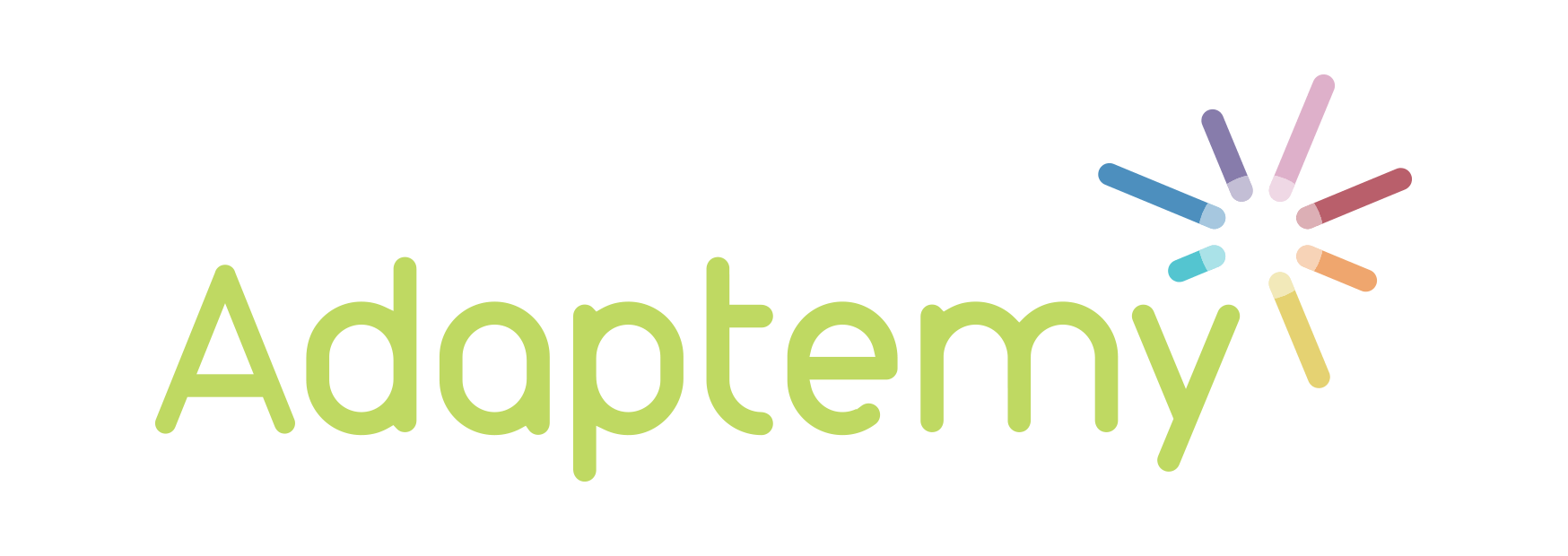I mentioned in my post about troubleshooting for EdTech beginners that many people who are new to EdTech tend to experience the same types of problems, and the same is true of more experienced EdTech users. However, these problems are often different to those faced by EdTech beginners. While EdTech veterans tend to be more comfortable with using technology in the classroom and may be more adventurous because of their experience, these users can find themselves getting stuck or becoming complacent over time. The tips below will allow teachers and their students to avoid some of these common mistakes and continue to enjoy their EdTech journey.
While some EdTech veterans use their past experience as a base for exploring new ways of using technology in the classroom, teachers and students often rely too heavily on this experience and can make incorrect assumptions about new products as a result. Try not to assume that unfamiliar technology will be unsuitable for your classroom just because a similar product didn’t work, and research new products thoroughly before writing them off. Similarly, be mindful of assuming that a new product will work just because it resembles a solution that has worked in the past. Some other common mistakes include assuming that a product will continue to work over time or that students will continue to enjoy its use, and users often feel that they have learned everything about a product and that new problems are therefore impossible to solve. Analysing the advantages and disadvantages of each EdTech product you use will allow you to avoid making incorrect assumptions in the future.
Another problem that is common to many EdTech veterans is the reluctance to try new things because a product has been found that satisfies the needs of teachers and their students. Remember that finding the perfect digital solution doesn’t mean that nothing else can improve the educational experience. Students and their teachers can become bored after using the same types of technology for long periods of time, so experiment with a new feature or try a completely new product every now and then. My recent post outlined 10 EdTech resolutions for 2015 that can guide EdTech veterans as they research and implement new solutions. The EdTech industry is thriving and many new developments arrive every day, so take advantage of this exciting opportunity to shake things up. Teachers and students who have been using EdTech for a long time can use their experience to make better decisions about new technology, and creativity is an important part of this process.
Feedback is vital to any EdTech company, and experienced users often give valuable feedback due to their familiarity with the product and relationship with the company. However, EdTech veterans can become complacent over time and neglect to give regular feedback on their experience. Remember to keep giving feedback, even if it’s only brief thoughts via Twitter or Facebook, and talk to other EdTech users about your experience. Let the company know why you have continued or stopped using the product and remember that communication is vital to efficient problem-solving. While giving feedback is extremely important, getting feedback should also be prioritised and teachers should ask their students for regular feedback in order to ensure that the solution is still working for them. Giving and getting regular feedback is important for EdTech beginners and veterans alike.
While the problems outlined above are experienced by many EdTech veterans, teachers and their students can continue to have an exciting and productive experience throughout their EdTech journey. Tweet us @adaptemy or post to our Facebook page and let us know your tips for EdTech veterans!




